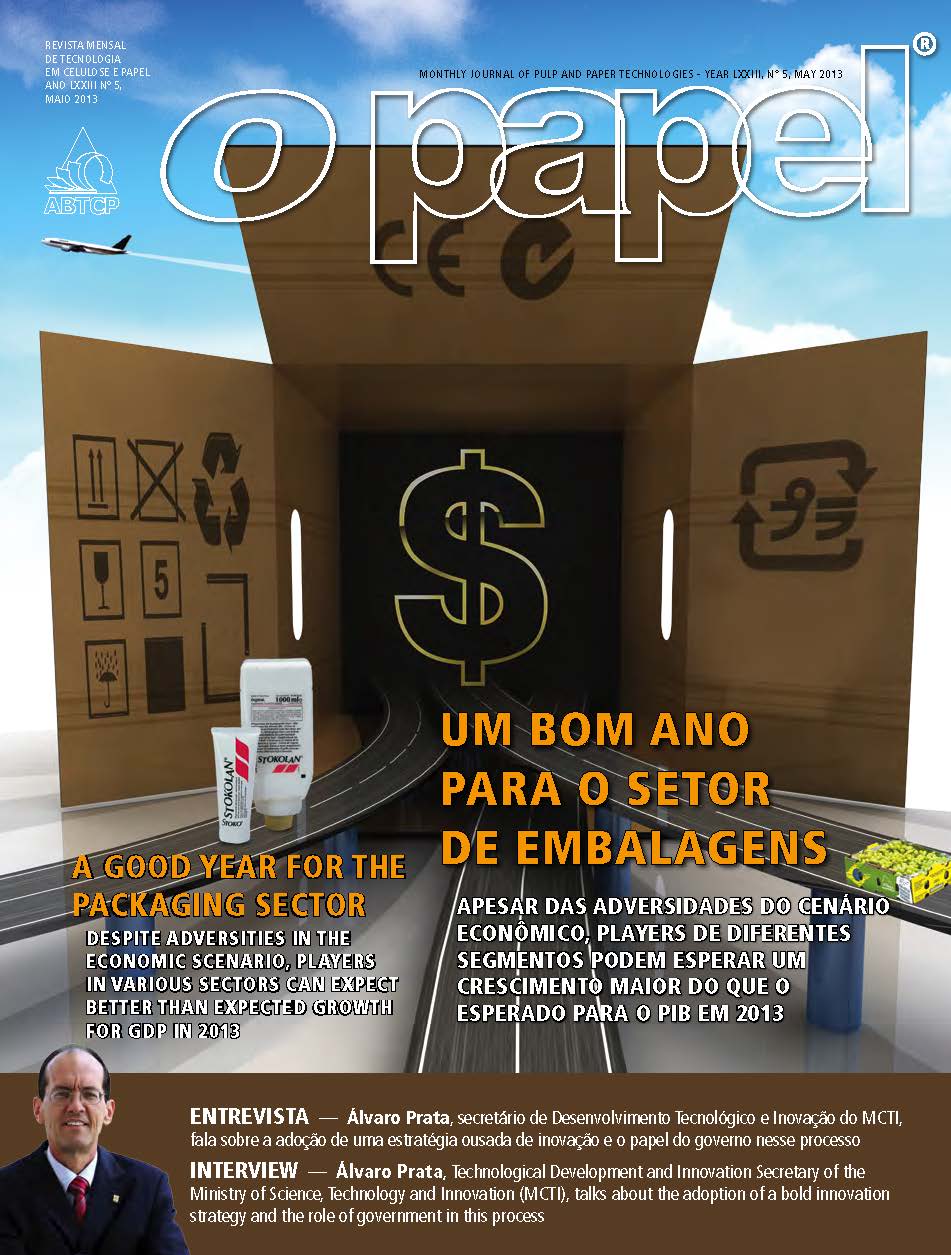View Item
- xmlui.general.dspace_homeCentros Regionales y EEAsCentro Regional MisionesEEA MontecarloArtículos científicosxmlui.ArtifactBrowser.ItemViewer.trail
- DSpace Home
- Centros Regionales y EEAs
- Centro Regional Misiones
- EEA Montecarlo
- Artículos científicos
- View Item
Case study: Microfibril angle and its relationship with basic density in Pinus taeda L. wood from silvopastoral systems
Abstract
The material resulting from fast-growing plantations is presumed
to present a high percentage of juvenile wood, with high microfibril
angle (MFA) and low basic density (BD), which would negatively
affect the technological properties of wood. The objective of this
study was to measure the MFA using the technique of the orientation
of bordered and cross-field pit apertures of the tracheids walls,
determine BD and verify the correlation between the two
[ver mas...]
The material resulting from fast-growing plantations is presumed
to present a high percentage of juvenile wood, with high microfibril
angle (MFA) and low basic density (BD), which would negatively
affect the technological properties of wood. The objective of this
study was to measure the MFA using the technique of the orientation
of bordered and cross-field pit apertures of the tracheids walls,
determine BD and verify the correlation between the two variables.
The used material was Pinus taeda 15 years old from a stand with
silvopastoral management. The pit apertures of the earlywood
tracheids showed to be more rounded and abundant compared to
those of the latewood. The MFA decreased from 56.2 to 42.1 degrees,
and wood density increased from 0.31 to 0.42 g/cm3 from the pith to
the bark. The high values of MFA could be explained by the genetic
material with low degree of breeding, and also by the wide spacing
between trees - which favors the fast growth -, but could also be
due to the employed methodology. The correlation between MFA and
density in this study is moderate and negative (R= -0.59), indicating
that density would not be a parameter sufficient to infer about the
structural quality of the wood.
[Cerrar]

Author
Winck, Rosa Ángela;
Fassola, Hugo Enrique;
Tomazello, Mario Filho;
Area, Maria Cristina;
Fuente
O papel 74 (5) : 55 - 61. (May 2013)
Date
2013-05
Editorial
Associação Brasileira Técnica de Papel e Celulose
ISSN
0031-1057
Formato
pdf
Tipo de documento
artículo
Palabras Claves
Derechos de acceso
Abierto
 Excepto donde se diga explicitamente, este item se publica bajo la siguiente descripción: Creative Commons Attribution-NonCommercial-ShareAlike 2.5 Unported (CC BY-NC-SA 2.5)
Excepto donde se diga explicitamente, este item se publica bajo la siguiente descripción: Creative Commons Attribution-NonCommercial-ShareAlike 2.5 Unported (CC BY-NC-SA 2.5)


